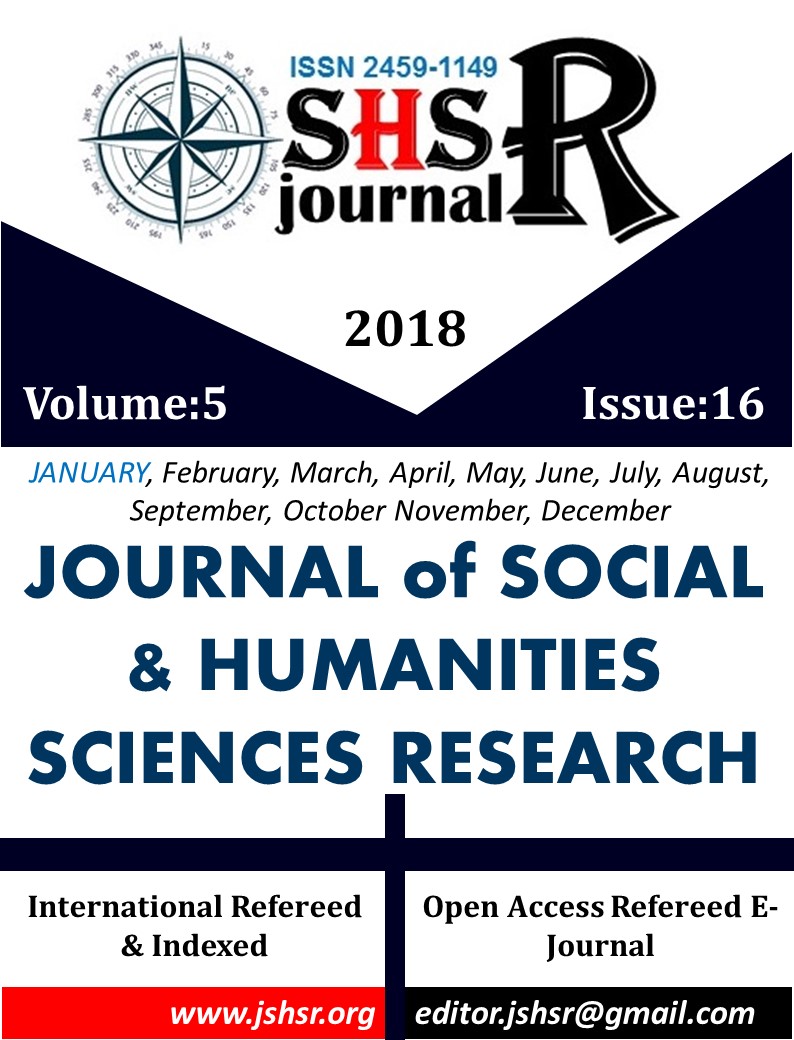EXAMINATION OF MUSIC TEACHER CANDIDATES’ AND FINE ARTS HIGH SCHOOL STUDENTS’ PERCEPTIONS REGARDING THE CONCEPT OF CONCERT FLUTE THROUGH METAPHORS
DOI:
https://doi.org/10.26450/jshsr.335Keywords:
metaphor, concert flute, teacher candidates, studentsAbstract
The purpose of this study is to determine music teacher candidates’ and fine arts high school students’ perceptions regarding the concept of concert flute through metaphors. The study group is made up of a total of 47 concert flute students, 33 of whom were studying at the Department of Music Education of Niğde Ömer Halisdemir University and 14 of who were going to fine arts high school during the 2017-2018 academic year. The study data was collected using a form including the statement of “Concert flute is like …. Because …”. Qualitative research design was employed in the study. Content analysis technique was used in order to analyze the data. Taking into the steps of content analysis, the study data was analyzed under the coding and sorting, developing categories, validity and reliability, and data interpretation headings. Teacher candidates and students were found to produce 31 metaphors regarding the concept of concert flute. These metaphors were grouped under seven different conceptual categories. According to the study results, it was determined that the most metaphors were produced under the “concert flute as an instrument giving peace, calmness and tranquility” (f=30) category. It was found that this category was followed by “makes you feel sensitive and special” (f=4), “varies” (f=4), “addictive” (f=2),“takes you to other places” (f=3), “source of life” (f=2) “concert flute as an instrument evoking admiration” (f=2) categories. According to the results of the study, it was concluded that the meanings ascribed by teacher candidates and students to the concept of concert flute were generally positive and varied.
Downloads
Published
How to Cite
Issue
Section
License
Copyright (c) 2018 INTERNATIONAL JOURNAL OF SOCIAL HUMANITIES SCIENCES RESEARCH

This work is licensed under a Creative Commons Attribution 4.0 International License.


